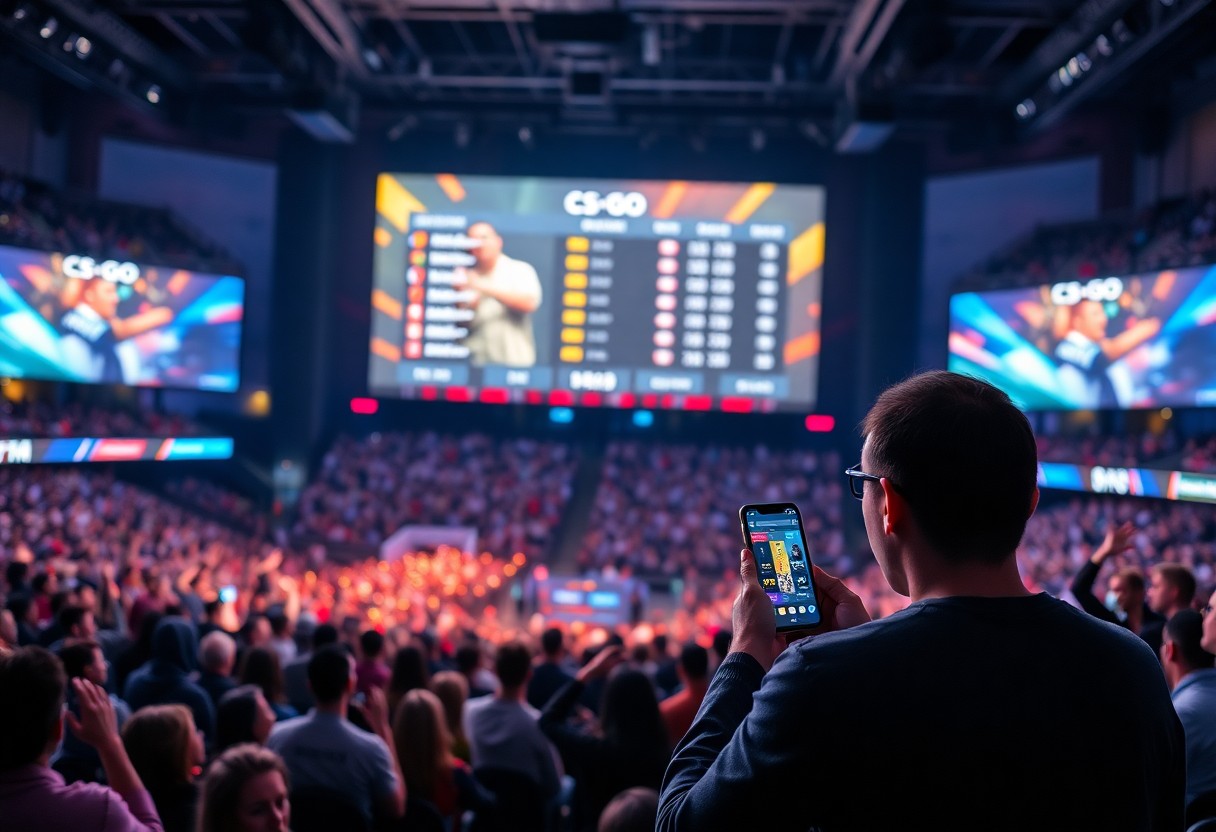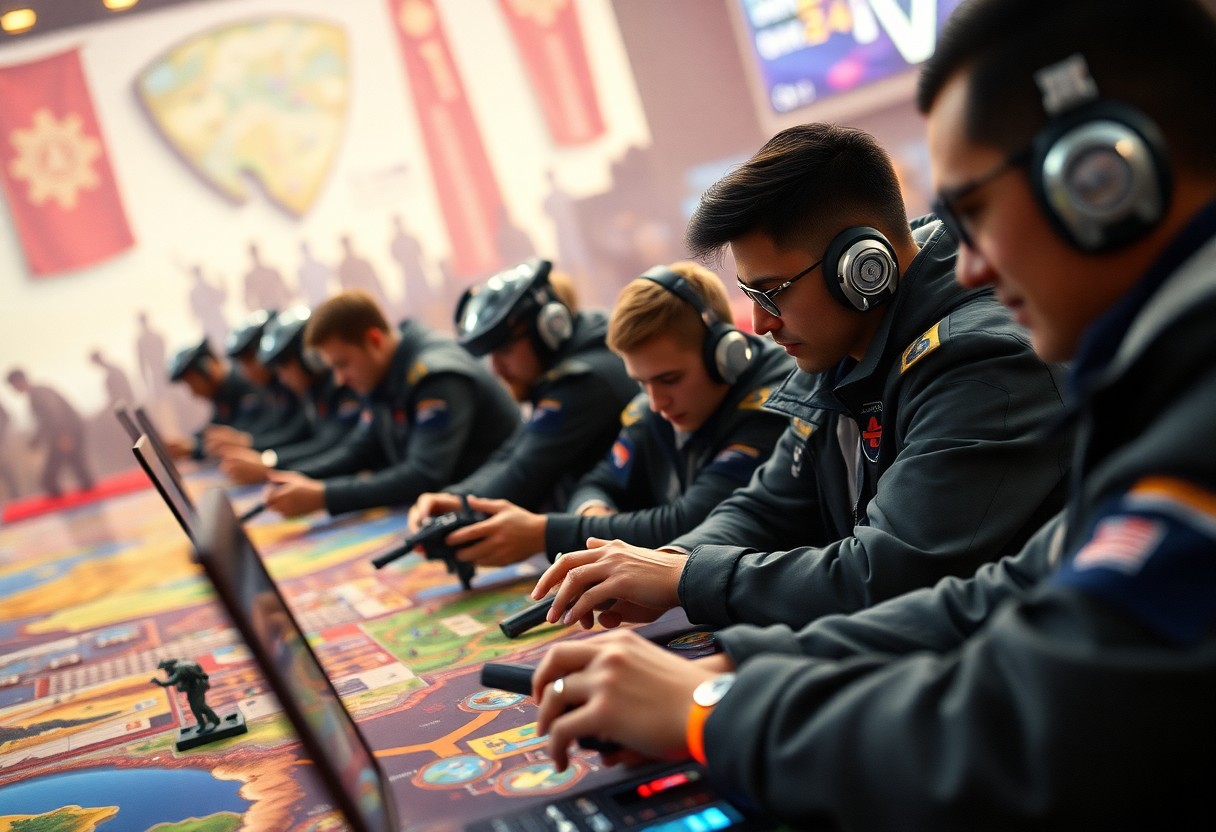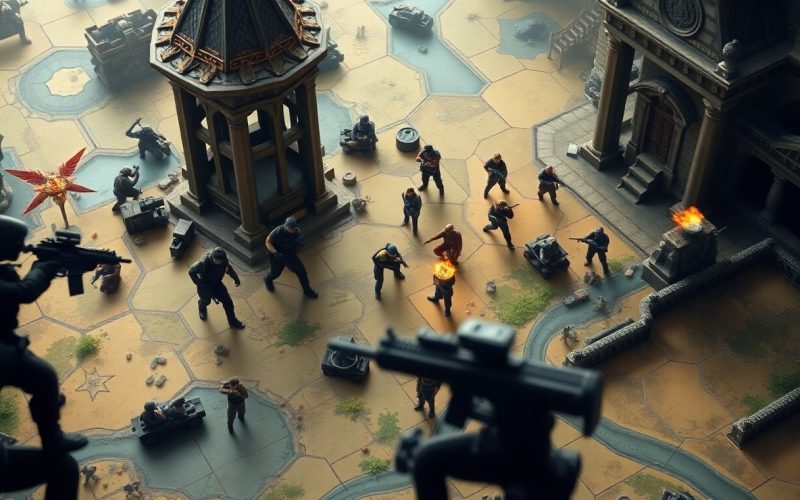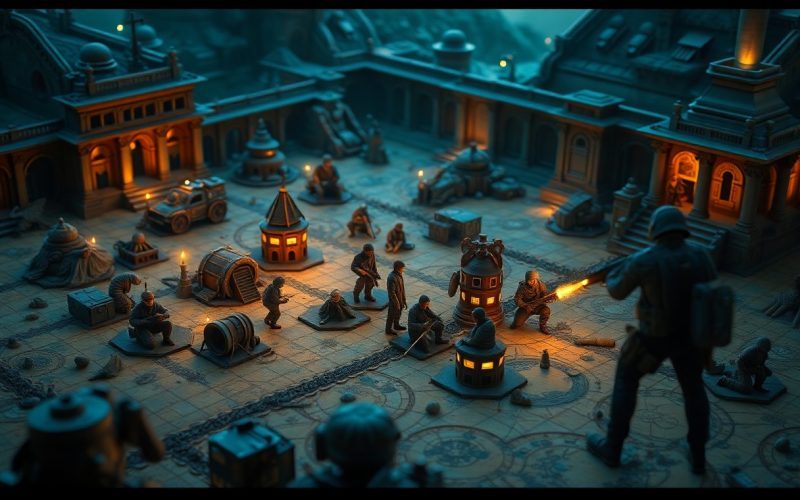Map design in Valorant significantly influences agent selection during competitive tournaments. The blend of intricate layouts, strategic choke points, and diverse terrain creates a dynamic environment that inherently affects gameplay and strategies. As teams prepare for matches, they analyze how each map’s physical characteristics complement or hinder the strengths of various agents, leading to shifts in team compositions based on specific map qualities.
Each map in Valorant offers unique elements, such as varying distances between sites, multiple vertical levels, and various hiding spots. These characteristics force teams to adapt their strategies and agent picks, making map familiarity a pivotal aspect of tournament play. For instance, a map like Bind, characterized by teleporters and open sightlines, often leads to teams selecting agents with mobility and utility—such as Jett, Omen, or Reyna—to capitalize on rapid repositioning and aggressive plays. Conversely, a more enclosed map like Haven, with its three bomb sites and tighter corridors, invites the choice of agents with area control abilities, such as Cypher or Killjoy, to secure choke points and gather information.
The role of agents can also shift dramatically based on how well they can interact with the map’s layout. For example, agents like Brimstone and Viper excel on maps with more closed spaces where their smokes and fortifications can control visibility and restrict enemy movement. On the other hand, maps with multiple open areas, such as Breeze, tend to see the inclusion of agents who can leverage long sightlines, hence characters like Sage and Sova become attractive picks due to their healing and recon abilities that support long-distance engagements.
Moreover, the impact of site designs has led teams to develop specific compositions tailored to individual maps. On a map such as Split, which inherently promotes verticality, players often prioritize agents like Raze and Phoenix, who can utilize their abilities to gain height advantage and control sightlines effectively. The preference for such agents not only alters team dynamics but also enhances the offensive and defensive capabilities in the contest for map control.
Tournament strategies are also shaped by the understanding of opponent tendencies on particular maps. Teams will analyze previous matches to determine which agents their opponents favor and adapt their own compositions accordingly, either by counter-picking or executing strategies that nullify the opposition’s strengths. This counter-strategy aspect is vital, as agents like Omen and Cypher can provide vision control and information disruption, useful against teams heavily reliant on recon agents.
Finally, the importance of map design in Valorant extends beyond sheer gameplay mechanics; it also molds the psychological dimensions of competition. Map familiarity can provide teams with confidence, while unfamiliarity may lead to hesitation or cautious plays, both of which directly sway agent selections. Teams that excel at understanding and exploiting maps can maximize their strategic potential and adaptability in the fast-paced environment of Valorant tournaments.
To wrap things up, Valorant’s map design is a fundamental factor impacting agent selection in tournaments. From layouts and sightlines to strategic considerations, teams must not only select agents that their players are proficient with but also those who can synergize effectively with specific maps, ultimately shaping the outcome of competitive matches.






